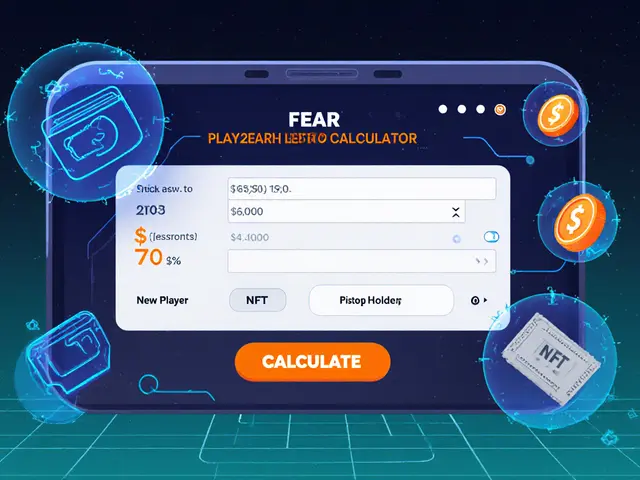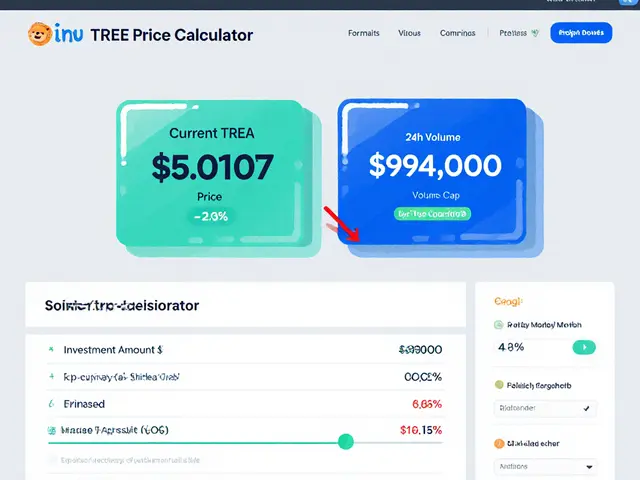Cryptocurrency Tax Benefits
When working with cryptocurrency tax benefits, the legal ways to reduce the tax you owe on digital‑asset profits. Also known as crypto tax perks, it includes strategies like holding coins for a year, using tax‑free jurisdictions, or claiming specific deductions. Another key player is tax exemption, a provision that lets certain crypto transactions escape taxation altogether, often tied to low‑value trades or charitable donations. You’ll also run into the long‑term holding rule, a rule in several countries that makes gains tax‑free after a set period, typically one year, which is a cornerstone of many tax‑saving plans.
Why These Concepts Matter for Every Crypto Investor
Understanding cryptocurrency tax benefits isn’t just for accountants; it’s a daily concern for traders who want to keep more of their earnings. The India crypto tax, a 30% flat rate on all crypto profits introduced in 2022 forces traders to look for exemptions or offsetting losses. Meanwhile, the Germany crypto tax, a system that waives taxes on crypto held longer than one year, offers a clear incentive to adopt the long‑term holding rule. These rules create a chain of influence: cryptocurrency tax benefits encompass tax exemption, the long‑term holding rule reduces tax liability, and national regimes like India crypto tax or Germany crypto tax shape how investors plan their trades. By mapping these connections, you can decide whether to trade daily, hold for a year, or move assets to a tax‑friendly jurisdiction.
Below you’ll find a curated list of articles that break down each of these topics. We cover India’s 30% tax guide, Germany’s 1‑year rule, penalties for crypto tax evasion, and practical steps to claim exemptions. Whether you’re a casual holder, a day trader, or a tax professional, the posts give you actionable insights to lower your crypto tax bill and stay compliant.
Learn how India taxes cryptocurrency for NRIs, including the flat 30% rate, lack of exemptions, residency rule impacts, and practical compliance steps.



 Finance
Finance




